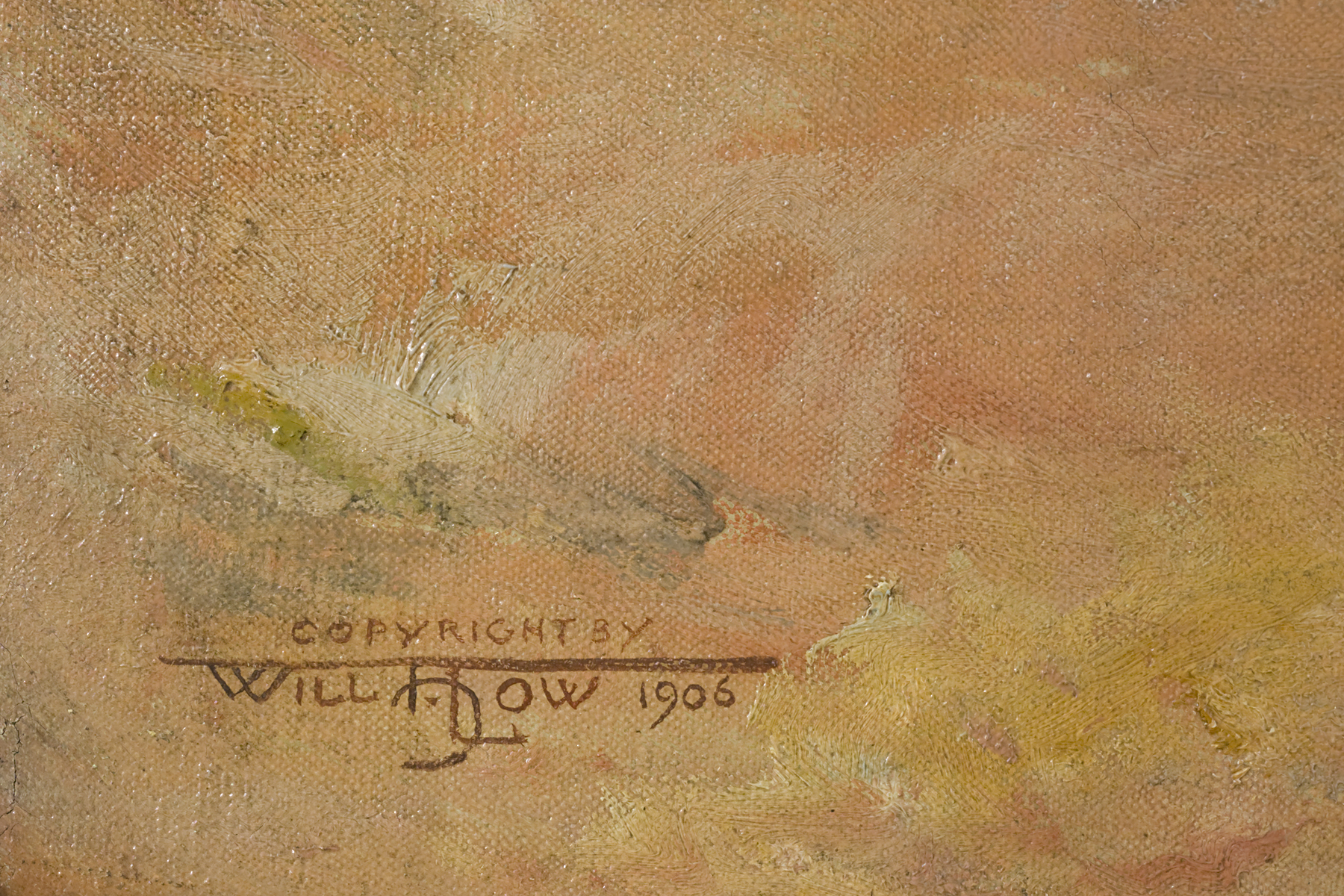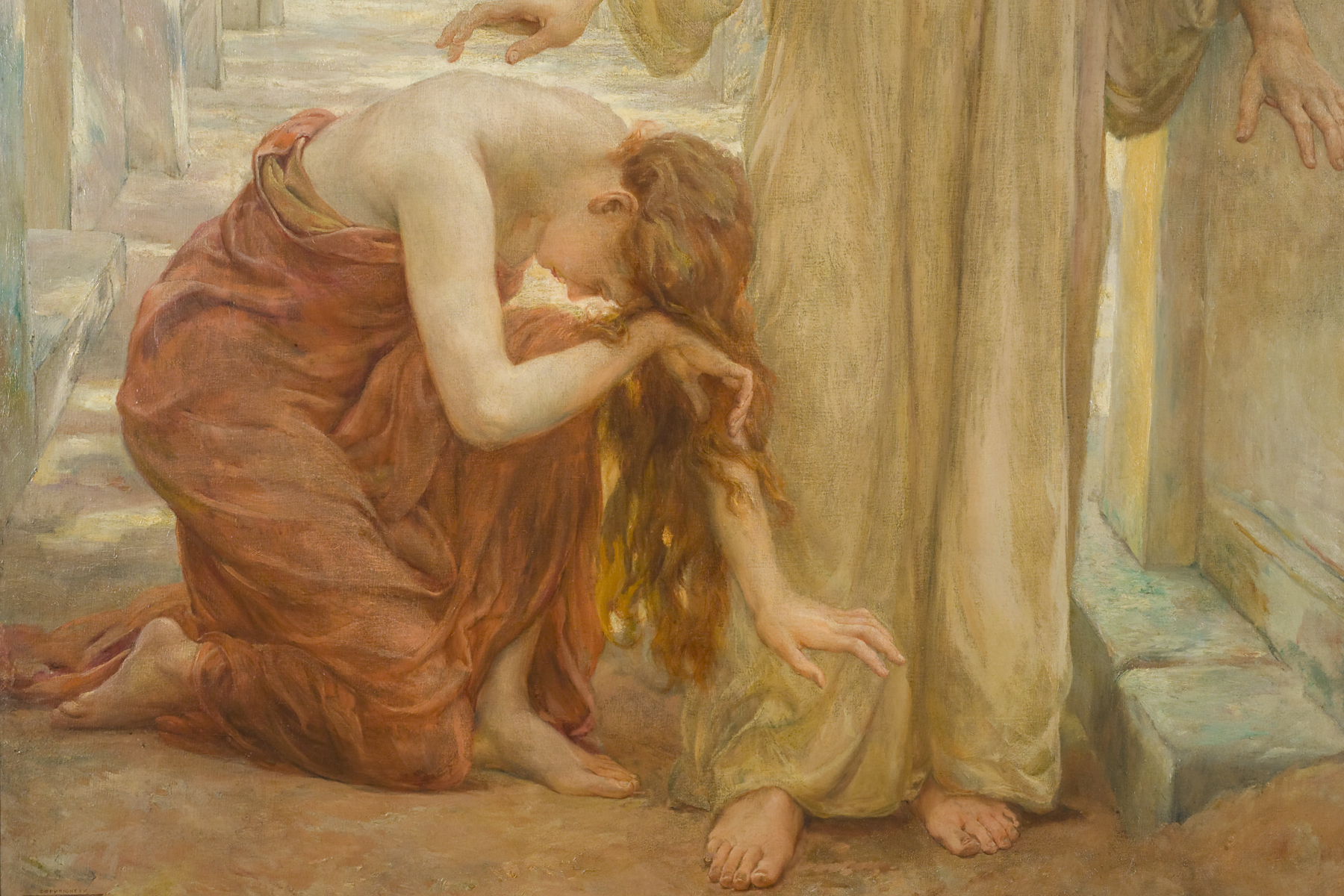The Healing Touch, Will Hicok Low
Artwork Overview
Will Hicok Low, artist
1853–1932
The Healing Touch,
1906
Where object was made: United States
Material/technique: canvas; oil
Dimensions:
Image Dimensions Height/Width (Height x Width): 213.7 x 152.6 cm
Image Dimensions Height/Width (Height x Width): 84 1/8 x 60 1/16 in
Frame Dimensions (Height x Width x Depth): 89 x 65 x 1 3/4 in
Image Dimensions Height/Width (Height x Width): 213.7 x 152.6 cm
Image Dimensions Height/Width (Height x Width): 84 1/8 x 60 1/16 in
Frame Dimensions (Height x Width x Depth): 89 x 65 x 1 3/4 in
Credit line: Museum purchase
Accession number: 1981.0109
Not on display
If you wish to reproduce this image, please submit an image request





